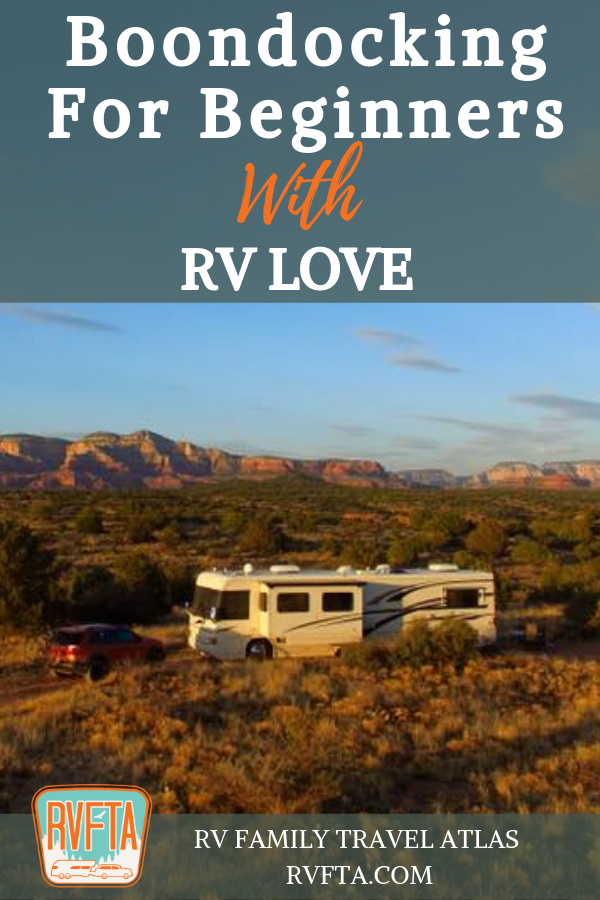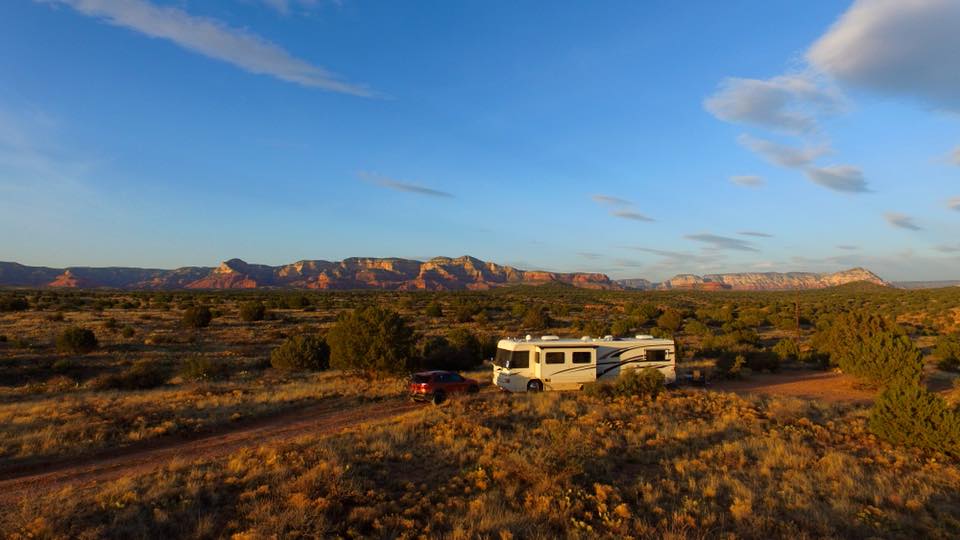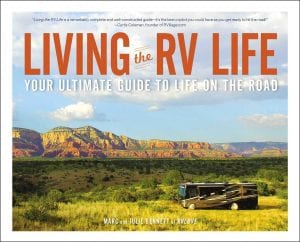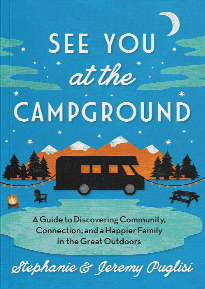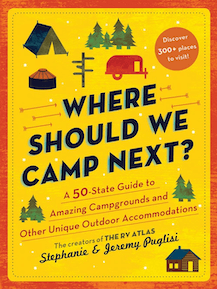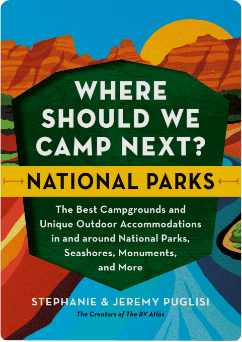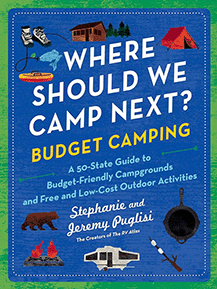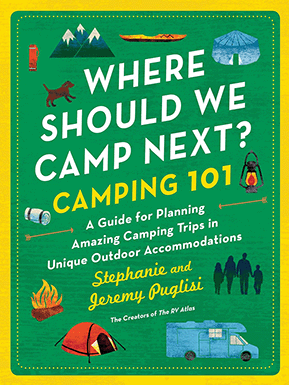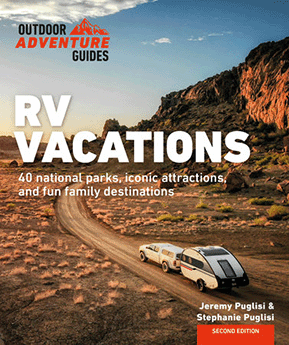We’re diving into the fabulous and somewhat mysterious world of boondocking. You have probably seen those Instagram pictures of RVs set up in the middle of nowhere without any other campers in sight. And you might have wondered…
How does this whole boondocking thing work???
So we invited Marc and Julie Bennett from RV Love to walk us through the basics. Marc and Julie boondock regularly without all the fancy bells and whistles like solar technology. They give us affordable, easy tips for finding our own boondocking bliss.
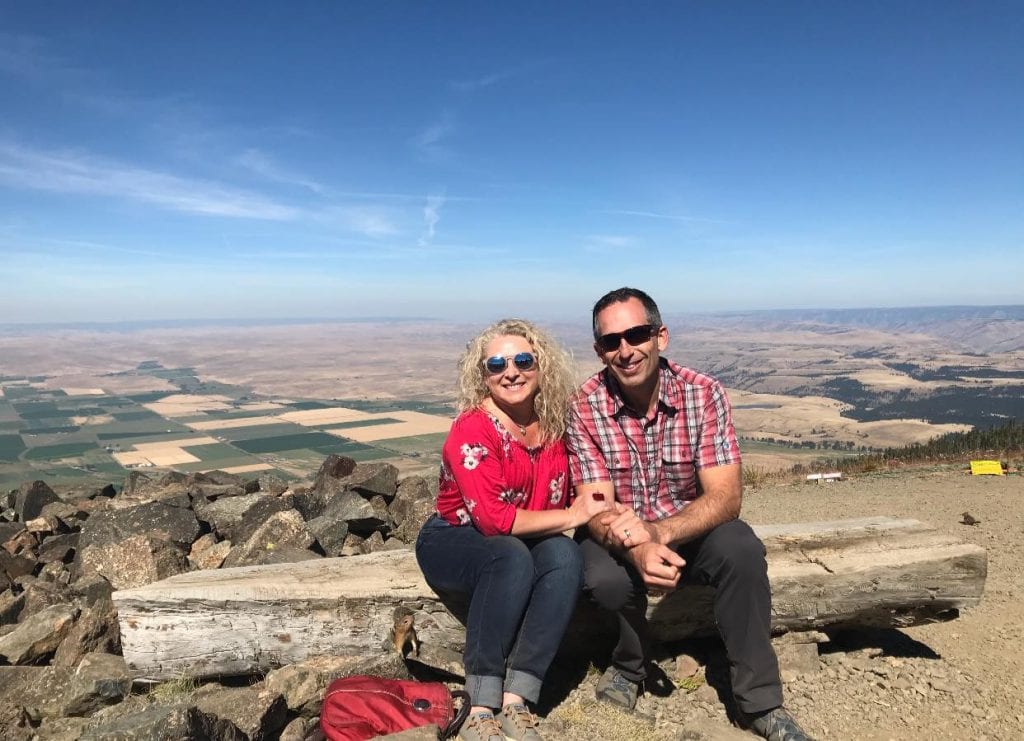
You might think boondocking sites are hard to find and even harder to get to. But Marc and Julie were happy to demystify the mystery.
You can hear the complete interview with Marc and Julie Bennett from RV Love on The RV Atlas podcast available wherever you like to listen to your podcasts. Or just click on the play arrow at the top of this post!
Also make sure to check out their brand new book Living the RV Life: Your Ultimate Guide to Life on the Road!
Marc and Julie Bennett talk Boondocking
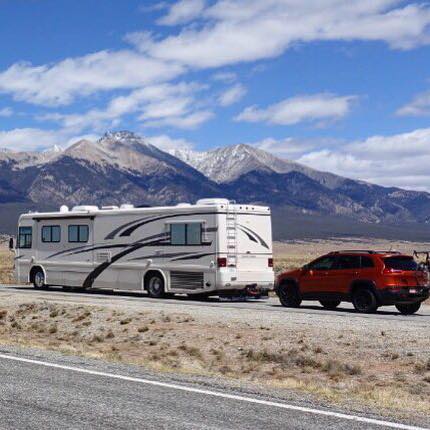
Marc and Julie have been living full time in their Class A motorhome for years now. They enjoy all kinds of camping experiences from private campgrounds with full hook ups to national parks to dispersed camping, or boondocking. That’s why we knew they would be the perfect couple to talk us through this topic from a beginner’s perspective.
When they first starting RVing, they mostly stayed in private campgrounds with hook ups and amenities. As they became more comfortable in their rig, they started branching out a bit more. Marc is more of an introvert and Julie is an extrovert, so a combination of community and solitude keeps a healthy balance for this couple.
The Bennetts talk a lot about their journey to full time RV living in this first segment. So if you’re interested in more details on that topic, make sure you take a listen. We’ve had quite a few full time RVers on the show over the past year to talk about this unique journey and lifestyle. You can also check out our interviews with Less Junk, More Journey, Heath and Alyssa Padgett, and Joe and Kait Russo.
What is Boondocking?
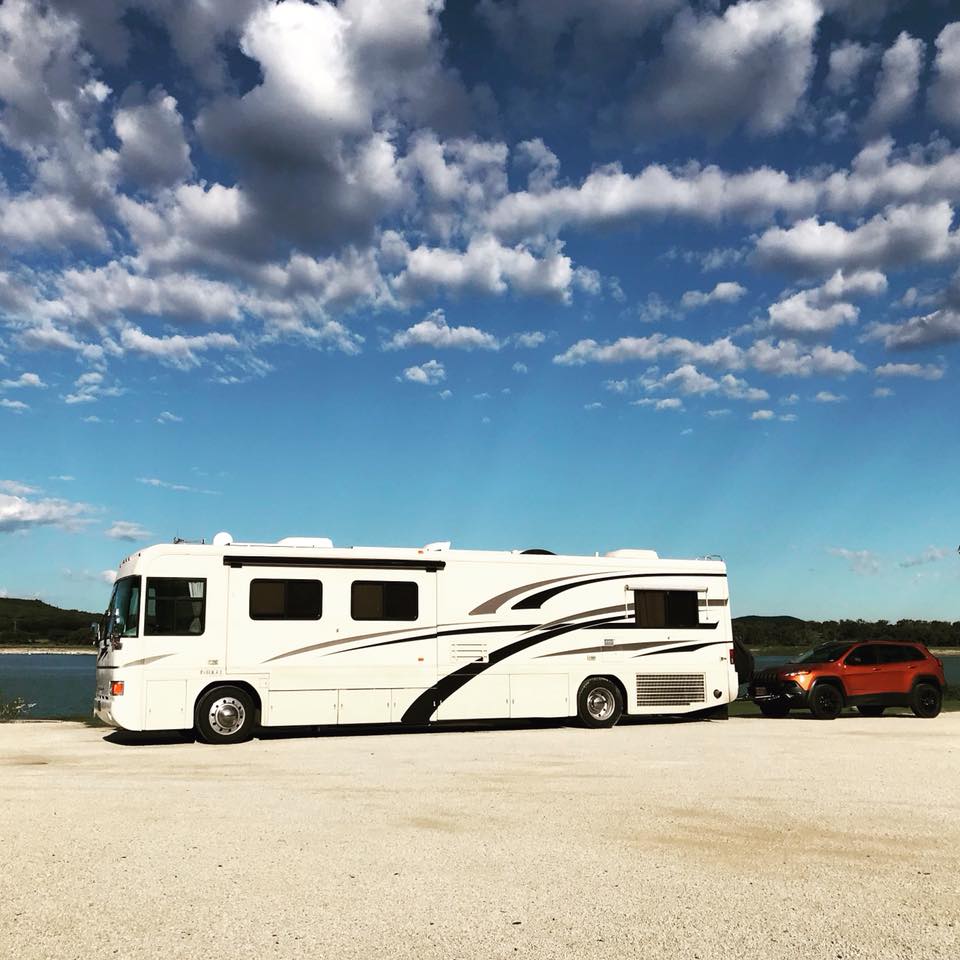
If you Google information about RV boondocking, you’ll get a lot of information about large and expensive solar power systems. This is great information for folks who will spend most of their time in boondocking environments.
But many RVers just want to try it a time or two without making a huge financial investment. Mark and Julie actually recommend doing a significant amount of boondocking before buying any specific equipment or gear. They have known plenty of people who spent a lot of money getting their rig outfitted for dispersed camping, and then found out the lifestyle wasn’t a good fit. Other folks ended up trading in RVs sooner than expected, as well. Either way, slow and steady is the right way to enter into a boondocking journey.
So first things first…What is boondocking?
It’s generally defined as camping without hookups on dispersed, or undeveloped, land. It’s often confused with dry camping, but there is a difference. Dry camping is just camping without hookups, and this is often done in state and national parks. Even though you don’t have hookups in these campgrounds, you still are in designated ‘camping areas’. With boondocking, there are no designated campsites. You’re simply finding a safe and legal place to park your RV and enjoy the views.
10 Tips for Boondocking
Tip #1 Find safe and legal places for boondocking.
Boondockers don’t just park their rigs on any beautiful, open spaces. It’s important to find federal or public land where dispersed is legal. BLM lands and National Forest lands are two of the most popular options. Campendium and Boondockers Welcome are two great resources for finding boondocking spots. Marc and Julie also use BLM.gov.
Tip #2 Scope out the accessibility of a boondocking spot in advance.
So you saw that beautiful picture of the Airstream in the middle of nowhere with a grand mountain range in the background. And lucky you, they posted GPS coordinates. But you had still better scope out the terrain and accessibility before getting your RV stuck in a tight spot. Always proceed with an abundance of caution when venturing onto undeveloped land.
Tip #3 It’s possible to find boondocking spots with great cell coverage.
Some folks assume that they will have to be completely unplugged while boondocking. That’s not the case at all. Marc and Julie work from the road and can often find dispersed camping spots with great cell signal coverage. Since there isn’t a lot of competition from other people, the signal can sometimes be stronger than in a traditional campground.
Tip #4 The night before boondocking, stay in a campground with hook ups.
This is a great idea for so many reasons. Marc and Julie cook and freeze meals before they head to the boonies. They also wash all their vegetables, fill up their fresh water tank, and completely empty their grey and black water tanks. One of the most important keys to successful boondocking is conserving water use and this prep will help you do this!
Tip #5 Prepare meals using propane, gas, or the grill.
Conserving battery power is important if you are boondocking without solar technology. Marc and Julie make sure that they can cook (or reheat!) their meals using gas or charcoal heat sources instead of their convection over, which draws a huge amount of power.
Tip #6 Reuse water while boondocking.
If you capture and reuse water while boondocking, and that fresh water tank will last a heck of a lot longer. Wash your dishes in a bucket and then use that dirty dish water to flush your toilet. You can also capture your shower water and use that for flushing as well. Grey water tanks will fill much more quickly than black water tanks, so finding creative ways to put less water into the grey water tank is key to successful boondocking.
Tip #7 Strategically position the RV to keep it cooler or warmer depending on the season and weather.
If the weather is chilly and you will need to use the heat, positioning the RV to get full sun exposure can go a long way to conserving your propane usage. Likewise, if the weather is hot, you’ll want to make sure your RV is parked to avoid direct sun exposure and keep it cooler inside. Window covers are a great way to keep the heat out of the RV when boondocking in warmer climates.
Tip #8 Don’t crowd someone else’s space.
People boondock for the natural beauty and for the isolation. It’s considered very poor etiquette to park too close to someone else even in the most popular boondocking spots. Make sure everyone has enough breathing room when choosing a spot for the rig, especially if you’ll be running a generator.
Tip #9 Generators are great, but use strategically.
Marc and Julie recommend running a generator in the morning or evening to top off the battery bank at strategic points during the day. However, you should be mindful of the cost. Their first RV had a powerful generator that could run the motorhome at full capacity. That thing was thirsty, though. They would burn through about a gallon of fuel per hour. That’s an expensive boondocking luxury!
Tip #10 Take some basic safety precautions.
There’s no reason to feel more unsafe boondocking than when staying in a traditional campground. But it is smart to take some basic precautions. Always make sure someone knows your location or GPS coordinates before you head out into the middle of nowhere. You’ll also want to follow basic wildlife safety guidelines. Don’t leave any food or garbage outside at any time.
We had so much fun chatting with Marc and Julie from RV Love about boondocking for beginners. Check out their other great YouTube videos and also their brand new book Living the RV Life. It’s a beautiful and informative!
What’s your favorite boondocking tip for beginners? Leave a piece of advice for newbies in the comments below…
See you at the campground,
Stephanie + Jeremy
